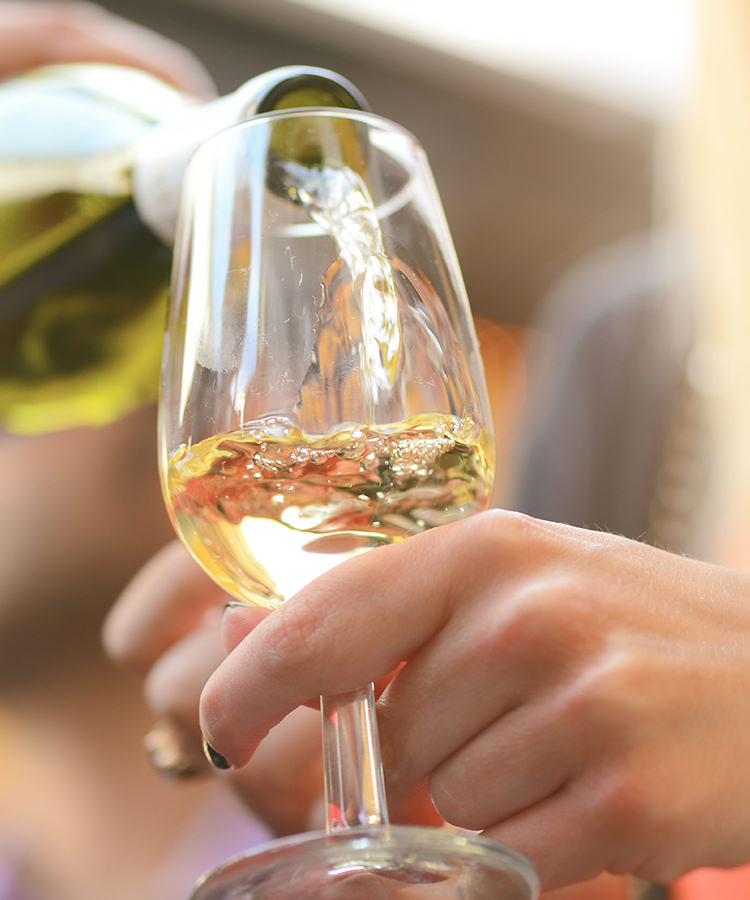Tannins are a compound in wine that gives it that acerbic, mouth-drying quality.
When we talk about strong tannins, some of the first wines that come to mind are powerful Cabernets, bold Northern Rhone Syrahs, and bold Nebbiolo-based reds from Piedmont. But tannins aren’t always robust and in your face; they can be supple and smooth, like many Merlot-based bottles, or finely integrated and light, as with many Pinot Noirs. But all of these wine examples have one thing in common: They’re all red.
Do white wines have tannins?
The simple answer is yes, white wines do indeed have tannins. In fact, all wines have tannins, just at various levels. The most prominent tannins in wine come from juice contact with skins, stems, and seeds; this explains why red wines are much more tannic than whites. The first main difference between red and white winemaking starts with this initial step. White grapes’ juice is generally removed from the skins immediately, while red grapes’ juice macerates with the stems, skins, and seeds, extracting phenols and tannins from these grape components. Therefore, white wines’ level of tannin is generally much lower.
However, there is such a thing as barrel tannin. Tannin can be extracted from oak, which many wines, both red and white, ferment or age in at some point. These tannins are much less prominent and in your face than grape tannins, though, so even a barrel-aged white wine will still have a much less obvious tannic presence than many red wines.
The last exception here is orange wine, which of course, is not made from oranges. Orange wine is actually white wine produced using red wine winemaking practices. For orange wine production, winemakers will keep white grape juice in contact with the skins, causing the pigment to turn to a copper-orange color. Orange wines, therefore, have a much more obvious tannic presence on the palate than other wines produced with white grapes.
How to Taste Tannins — An Experiment
To understand tannins more, brew two cups of black tea, allowing one cup to steep for two to three minutes and the other cup to steep for five to seven minutes. You’ll notice that tannins are present in both cups; however, the one steeped for longer is significantly more tannic. If you find yourself unpleasantly surprised by the tannic structure of a recently purchased bottle, pair it with a plate of fatty meats and cheeses; fattiness in food will combine with tannins on the palate, softening them up and rendering both food and wine even more delicious!
